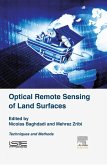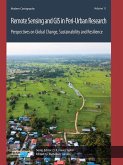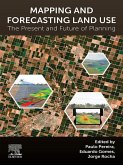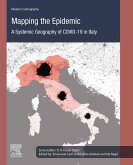Dieser Download kann aus rechtlichen Gründen nur mit Rechnungsadresse in A, B, BG, CY, CZ, D, DK, EW, E, FIN, F, GR, HR, H, IRL, I, LT, L, LR, M, NL, PL, P, R, S, SLO, SK ausgeliefert werden.
"This text explains the concepts, characteristics, makers and users of, and trends in, how modern geomorphological mapping can be applied to solve complex problems in land management, including landslide risk assessment, resource location, and changes in landforms. Following a historical overview of trends in field-based geomorphological mapping, Smith (geography, geology, and the environment, Kingston U., UK) and colleagues in the UK and the Netherlands present new digital tools and techniques, e.g., remote sensing, WebGIS, that have resulted in the use of 'non-subjective' mapping in applied research that now informs cartography, geographic information systems, and terrain analysis. The handbook includes international case studies illustrated with diagrams and color plates that exemplify the diverse applications, current limitations and potential of this methodology." --Reference and Research Book News, October 2012









